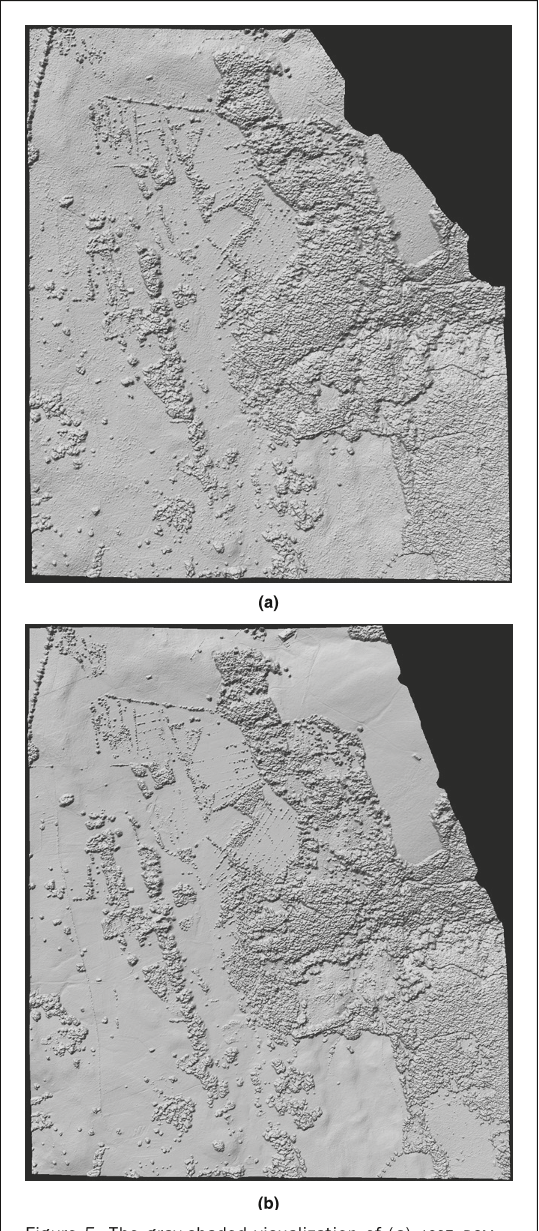




Did you find this useful? Give us your feedback









71 citations
68 citations
...Consequently, the LiDAR DTM acquired in 2007 was taken as the reference surface for all the other processed DTMs. Automatic co-registration of the DTMs on the reference DTM was conducted with LS3D (Least Squares 3D Matching software; Akca, 2010)....
[...]
...The DTM difference calculations in LS3D yielded a direct estimate of the location and amount of topographic change over the four time periods (Figure 6)....
[...]
...Automatic co-registration of the DTMs on the reference DTM was conducted with LS3D (Least Squares 3D Matching software; Akca, 2010)....
[...]
...The transformation of individual DTMs to a common reference system using LS3D reduced the offsets between DTMs that were introduced by slightly different GPS positions....
[...]
60 citations
...The input model is co-registered to the verification data by use of the least squares 3D surface matching (LS3D) method (Gruen and Akca, 2005; Akca, 2010)....
[...]
...See Akca and Gruen (2005) and Akca (2007; 2010) for the details....
[...]
...Recently, it has also been used for 3D comparison, change detection, quality inspection and validation studies (Akca, 2007; 2010)....
[...]
53 citations
...A number of automated registration methods have been develped to register multiple scans (Besl and McKay, 1992; Rabbani t al., 2007; Henning and Radtke, 2008; Akca, 2010; Canaz and abib, 2013; Kelbe, 2015)....
[...]
53 citations
17,598 citations
2,850 citations
...A comparison study between the LS3D and the Iterative Closest Point (ICP; introduced by Besl and McKay (1992), Chen and Medioni (1992), and Zhang (1994) was carried out....
[...]
2,177 citations
...A comparison study between the LS3D and the Iterative Closest Point (ICP; introduced by Besl and McKay (1992), Chen and Medioni (1992), and Zhang (1994) was carried out....
[...]
1,986 citations
667 citations
...More details on this issue can be found in Gruen (1985), Maas (2002), Gruen and Akca (2005), and Kraus et al. (2006)....
[...]
...Least Squares matching is a mathematical concept, which was originally developed for automatic point transfer on stereo or multiple images (Ackermann, 1984; Pertl, 1984; Gruen, 1985)....
[...]
...The theoretical precisions of the transformation parameters are optimistic, mainly due to the stochastic properties of the search surfaces that have not been considered as such in the estimation model, as is typically done in Least Squares matching (Gruen, 1985)....
[...]
The further conceptual extensions are given as: the Least Squares matching of 3D curves, matching of 3D curves or 3D sparse points ( e. g., ground control points ) with a 3D surface, and a general framework, which can perform the multiple surface matching, the combined surface geometry and intensity matching, and georeferencing tasks simultaneously ( Akca, 2007b ).